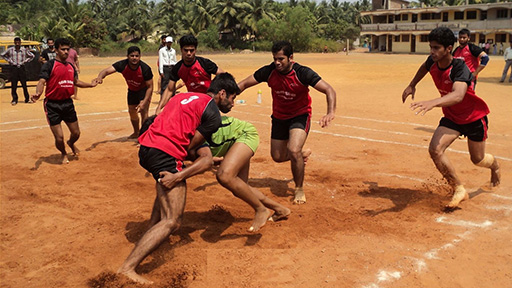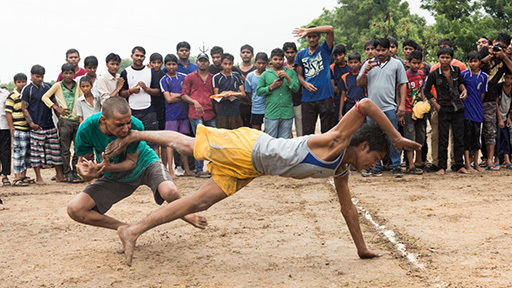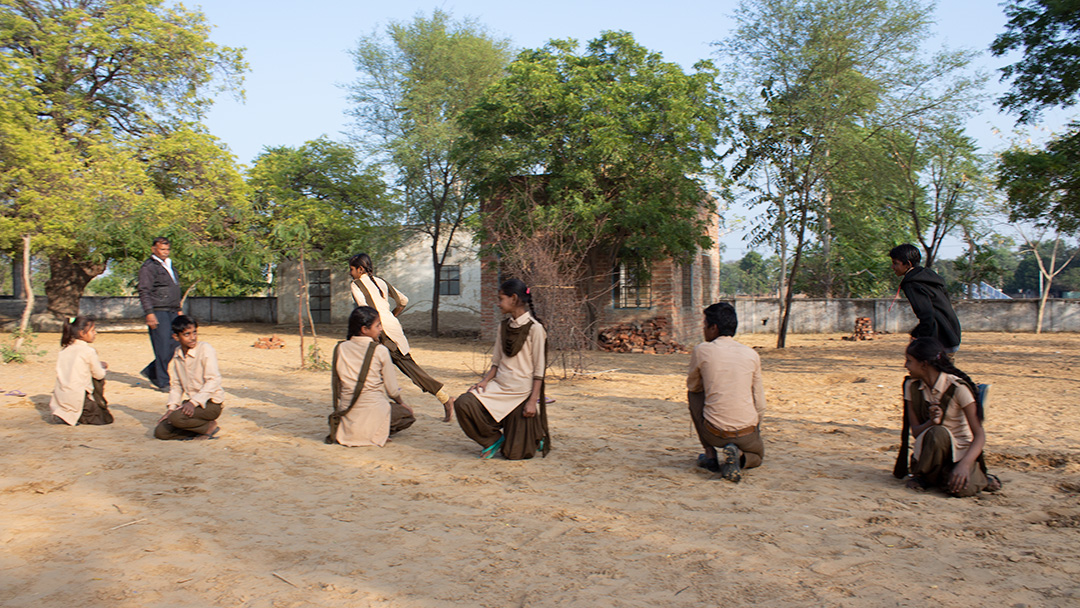
Let the Games Begin! – Traditional Children’s Games of India
Key points
- Time with the children of Jhinjha Village is a heart-warming experience while visiting Ikaki Bagh.
- Games are a big part of the children having fun.
- India has a fascinating history of traditional games, especially in rural India.
Introduction
The current pandemic is placing huge restrictions on international travel. Instead, these are times for reflection of special memories from past travels.
I visited Ikaki Bagh in 2017. This included a couple of visits to the local primary school. This school services Jhinjha Village and the local community.
Ikaki Bagh goes to great effort to ensure no relationship of dependency develops between the farm and the local communities. The focus is on building engagement and encounters underpinned by trust and respect.
This is a three-way partnership between Ikaki Bagh, Jhinjha Village and the primary school. Community leaders believe this can develop future opportunities for better lives and restoring the environment.
An afternoon at Jhinjha Village Primary School, 2017
One afternoon at the school, the teachers gathered all the school kids out in the main yard of the school. The yard is about the size of three or four tennis courts, covered in sandy coloured dirt and a few trees for shade. By Western standards, a modest playground indeed. I soon learned this was no limitation to the kids.
The teachers were doing their best to have the school children sit on the ground and quieten down. The excitement among the children was palpable. Instead of sitting, most of the kids were on their haunches bubbling with enthusiasm.
The school kids’ excitement was palpable. It was quite clear this was an activity that everyone was looking forward to.
One of the teachers addressed the throng. As the teacher spoke, almost every child thrust their hand into the air. All were doing everything to attract the teacher’s attention.
Five girls and five boys were picked to sighs of disappointment from all that missed out. The selected children came to the front of the group, aware of what their role would be. I expected the children that had not been selected to lose interest. The opposite, with lots of anticipation and excitement.
Not speaking Hindi added to my enjoyment of the occasion because it was hard to tell what was going to come next. There seemed to be a lot of organising the kids into a single line with the order of the line re-organised a few times.
Finally, the line of children was organised. They then bent down on the ground, sitting on their haunches. Then, a quick command and two of the kids jumped to their feet. They took off swinging and swerving in and out of the other children who remained in line. One chasing the other. The main group of children roared their encouragement.
The game became more complicated and difficult to interpret. Increasing numbers of kids seemed to be chasing each other with the aim of tagging each the other. The played out to its conclusion to great excitement, although I had no idea which ‘team’ had won.
Kho Kho
I have come to learn what I saw is a form of a game called Kho Kho. This game is much loved in India and has a fascinating history.
Historians believe Kho Kho is a modified form of “Run Chase”. In its simplest form, the game involves chasing and touching another player. When successful, this either adds to a score or counts a player out of the game.
Kho Koh first started in the state of Maharashtra. In Ancient times, Koh Koh was played using raths, a type of chariot.
The form of the game I saw was fascinating. It clearly involved physical fitness, stamina, speed, and agility. Dodging, feinting and bursts of sustained speed make the game quite thrilling.
The game I saw was a real spectacle. It was easy to see why even the children not participating were enjoying themselves. A child losing their footing and crashing to the ground in a cloud of sand drew huge excitement.
So popular was Kho Koh, that the Deccan Gymkhana Club of Pune attempted to codify the game. By 1935, the Physical Education Unit developed rules for Kho Kho. These were then distributed throughout India.
Kho Koh has subsequently grown into a highly competitive national sport. Tournaments and competitions for both men and women are staged across a lot of the year. Much like cricket, Kho Koh continues to be popular at the community level.
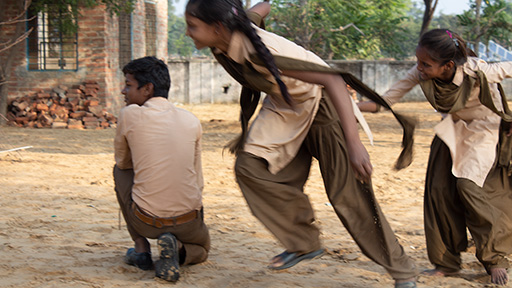
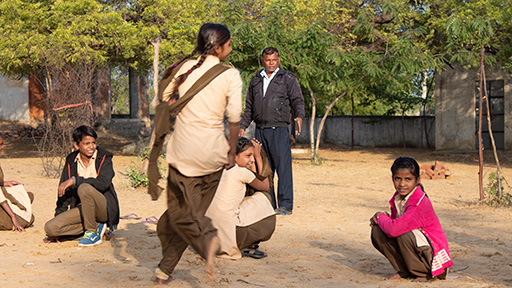
Games – a cultural tradition
I learned a lot from my afternoon at Jhinjha Primary School. Games of great skill and enjoyment can be enjoyable and popular without the need for expensive equipment and infrastructure.
In fact, India has a rich tradition of games that are simple and inexpensive.
Concerns are growing in India that many of the traditional games are losing popularity. City children prefer electronic entertainment options.
There is a wonderful opportunity to still see many of the traditional games played in traditional ways in rural India.
Here are a few other examples, that have counterparts in Western culture:
- Kancha (Marbles)
- Nondi (Hopscotch)
- Chhupam Chhupai (Hide and Seek)
- Maram Pitthi (like dodge ball)
But there are also games that are distinctive to India. These remain popular to this day, especially in rural India. Two examples are:
- Gilli Danda, an older version of baseball or cricket. It requires two unevenly sized sticks. The smaller stick is the Gilli and the longer one used to strike the Gilli is the Danda. The aim is to flip the Gilli in the air with the Danda. While the Gilli is in the air, the player must hit it with the Danda as far as possible. Gilli Danda was once at least as popular as cricket.
- Kabbadi is a team sport that again requires no equipment. Instead agility and strength is required. Kabbadi has become quite popular globally. In Hindi, Kabbadi means holding the breath. Players form two teams of between seven to twelve members. Players of one team have to break-in to the opposing team’s area. While doing so, they need to try and touch as many opposing players as they can. The ‘touched’ players are declared out. The team with the least number of players at the end of the game is the winner. Today, Kabbadi has become a feature of the Asian Games and is now the national sport of neighbouring Bangladesh.
Any visit to Ikaki Bagh will uncover all sorts of surprises to enjoy. It was a memorable afternoon seeing the children play their traditional Indian games.
